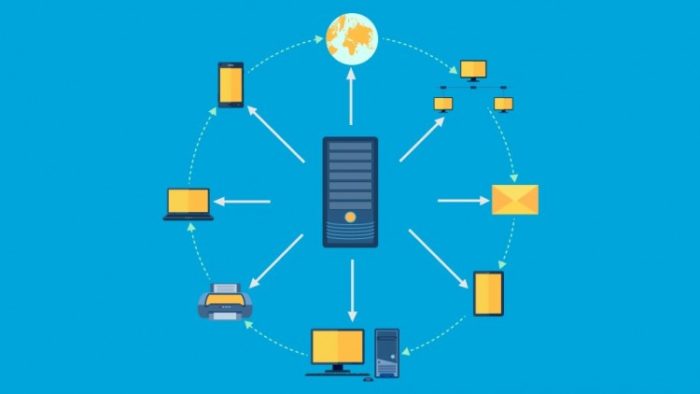Current breakthroughs in information technology have enabled the worldwide usage of distributed computing systems, leading to decentralize management of information. This has been supported by and has become inflamed great competition in business through faster and more precise data storage and retrieval and information processing. A number of organizations have accomplished high efficiency, comprising ease of use and lesser costs in operations by adopting a client/server computing structure. Furthermore, system integration and interoperability issues are being intensified as institutions and organizations are moving from mainframe based processes towards an open, distributed computing environment, and this situation is pressing corporations into an accelerated construction of extensive distributed systems for operational use.… Read the rest
Information Systems Management
What is Enterprise Architecture (EA)?
Enterprise Architecture evolution began as an idea in 1980 and was embodied in John Zachman’s early EA framework. Thus, informing the reference to John Zachman, as the father of EA. The evolution of Enterprise architecture was to address the increasing complexity of IT systems and difficulty of delivering business value using those systems.
Enterprise architecture is characterized by a framework that supports the alignment of business and IT strategy. It was first defined in 1992 by Zachman and Sowa, resulting in its reference as the Zachman framework. It was then referred to as Information System Architecture but later changed in reference, to enterprise architecture in 1996 when Clinger-Cohen Act of the U.S.… Read the rest
What is Enterprise Application Integration (EAI)?
Supply Chain Management (SCM) applications (for managing inventory and shipping), Customer Relationship Management (CRM) applications (for managing current and potential customers), Business Intelligence (BI) applications (for finding patterns from existing data from operations), and other types of applications (for managing data such as human resources data, health care, internal communications, etc) typically cannot communicate with one another in order to share data or business rules throughout a company. Enterprise Application Integration (EAI) is the process of linking such applications within a single organization together in order to simplify and automate business processes to the greatest extent possible, while at the same time avoiding having to make sweeping changes to the existing applications or data structures.… Read the rest
Reasoning in Artificial Intelligence
The reasoning is deemed as the key logical element that provides the ability for human interaction in a given social environment. The key aspect associated with reasoning is the fact that the perception of a given individual is based on the reasons derived from the facts that relative to the environment as interpreted by the individual involved. This makes it clear that in a computational environment involving electronic devices or machines, the ability of the machine to deliver a given reason depends on the extent to which the social environment is quantified as logical conclusions with the help of a reason or combination of reasons.… Read the rest
Social Engineering – Meaning, Types and Defenses
Living at the height of the Information Age means information security has never mattered more. With a greater amount of people and businesses going paperless, there is an ever-increasing need and demand to keep digital information secure. The CIA triad or the Confidentiality, Integrity, and Availability of a company’s data is a general model designed to guide security policies for information security inside an organization. Confidentiality refers to the privacy of data – making sure that only people who are allowed to access data are able to access it. Integrity refers to maintaining a data’s accuracy and trustworthiness – making sure that data cannot be altered by an unauthorized person.… Read the rest
Data Warehousing – Meaning, Benefits and Implications
The term data warehouse or data warehousing was first coined by Bill Inmon in the year 1990 which was defined as a “warehouse which is subject-oriented, integrated, time variant and non-volatile collection of data in support of management’s decision making process”. When referring to data warehousing as subject oriented, it simply means that the process is giving information about a particular subject rather than the details regarding the on-going operations of the company. Moreover, when data warehousing was referred to as integrated it means that the data or information which are gathered from a number of sources are then all gathered to synthesize a coherent whole.… Read the rest




